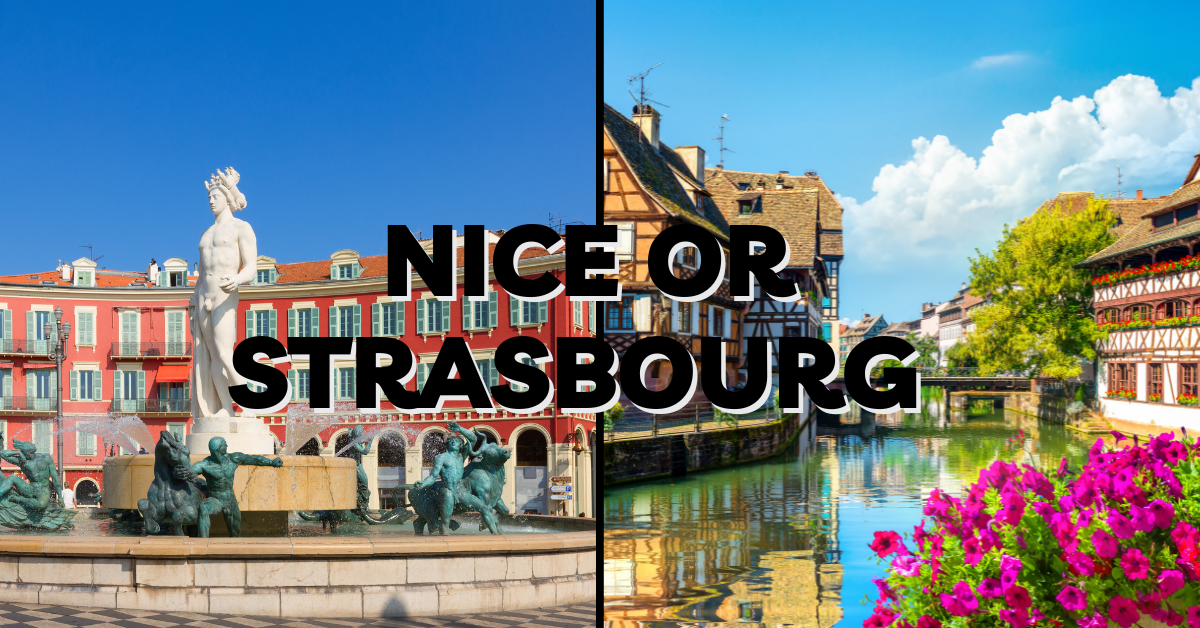Which city is for you? Nice or Strasbourg
Nice or Strasbourg, two very different cities, two very different holidays. What sort of holiday are you wanting? A warm, sunny beachside holiday with lots of great food and culture thrown in? Or a cool mix of French and German culture? With a little bit of border hopping thrown in? You can quite literally walk to Germany from Strasbourg. So you could actually visit two countries in one holiday.
Nice
Nice quite literally has it all – sun, sea, sand and history. It’s a great option for travellers that want the option to experience the culture of a city break and the relaxing vibes of a beach holiday.
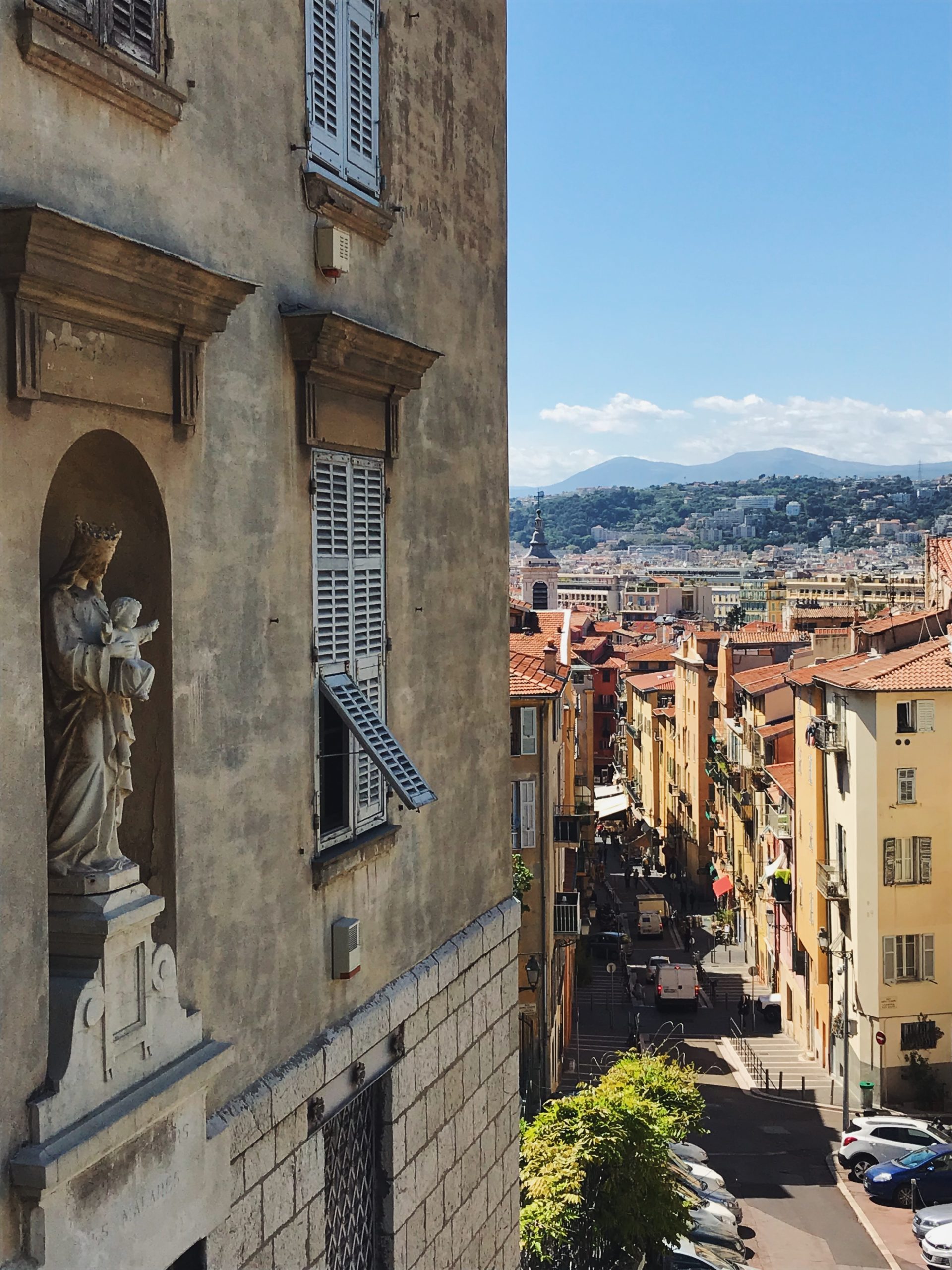
Strasbourg
Located near the German border, Strasbourg is a beautiful city that has a unique blend of French and German cultures. Mostly due to the fact that both countries have been in control of the city at multiple points throughout history. Known for its unique architecture and pretty canals there’s plenty to see in this unique city.
Pros and Cons of Nice and Strasbourg
Nice:
Pros:
- Beautiful beaches – Nice has some of the most stunning beaches in France, with crystal clear waters and soft sandy shores.
- Cultural attractions – Nice is home to a number of museums and cultural attractions, including the Museum of Modern and Contemporary Art and the Chagall Museum.
- Picturesque Old Town – Nice’s Old Town is a charming and picturesque neighborhood with colorful buildings, narrow streets, and plenty of restaurants and cafes.
- Proximity to the French Riviera – Nice is an ideal base for exploring the French Riviera, with easy access to other coastal towns like Antibes, Cannes, and Monaco.
- Great weather – Nice enjoys a warm Mediterranean climate with plenty of sunshine throughout the year.
- Vibrant nightlife – Nice has a lively nightlife scene with plenty of bars, nightclubs, and live music venues to choose from.
Cons:
- Crowded in peak season – During the summer months, Nice can get very crowded with tourists, making it difficult to find a quiet spot on the beach or in the Old Town.
- Limited public transportation – While Nice does have a tram system, it can be limited in terms of coverage and frequency.
- Hilly terrain – Nice is a hilly city, which can make it challenging for those with mobility issues.
- Lack of parking – Finding parking in Nice can be a challenge, particularly in the Old Town and other popular areas.
Best for: Nice is best for travellers looking for a beautiful beach destination with a mix of cultural attractions, nightlife, and affordable accommodation.
Strasbourg:
Pros:
- Unique architecture – Strasbourg is known for its unique blend of French and German architecture, with buildings that date back to the Middle Ages.
- Cultural attractions – Strasbourg is home to several museums and cultural attractions, including the Strasbourg Museum of Modern and Contemporary Art and the Alsatian Museum.
- Picturesque old town – Strasbourg’s Old Town is a UNESCO World Heritage Site and is home to several beautiful buildings and landmarks, including the Gothic Cathedral of Notre-Dame.
- Great food and wine – Strasbourg is known for its Alsatian cuisine and excellent wine, with plenty of restaurants and cafes to choose from.
- Christmas markets – Strasbourg hosts some of the most famous Christmas markets in Europe, attracting visitors from all over the world.
- Excellent public transportation – Strasbourg has an extensive and reliable public transportation system, including trams, buses, and a bike-sharing program.
- Access to nearby attractions – Strasbourg is located near several attractions, including the Black Forest in Germany and the Vosges Mountains in France.
Cons:
- Limited outdoor activities – Unlike Nice, Strasbourg is not located near the coast and does not offer as many outdoor activities.
- Cooler weather – Strasbourg has a cooler climate compared to Nice, which may not be ideal for travellers seeking warm weather.
- Crowded during peak season – Strasbourg can get very crowded during peak tourist season, particularly during the Christmas markets.
Best for: Strasbourg is best for travellers looking for a unique blend of French and German culture, with a focus on history, architecture, food, and wine. It’s a great choice for those who want to explore the Alsace region of France and nearby attractions in Germany.
How long to stay in Nice
A trip to Nice needs to be at least three days. But you could easily spend a week or two here. There’s so much to do whether it be in Nice, or exploring the local area. Monaco and Cannes are a stone’s throw away. You could even get a ferry to Corsica for a few nights if you were feeling adventurous!
How long to stay in Strasbourg
Strasbourg may not be a huge city, but due to its history and unique location, we recommend staying for at least two to three days. If you have more time, its location on the German border means you can have lots of fun exploring both countries. The beautiful town of Colmar is worth a trip and Freiburg isn’t too far either.
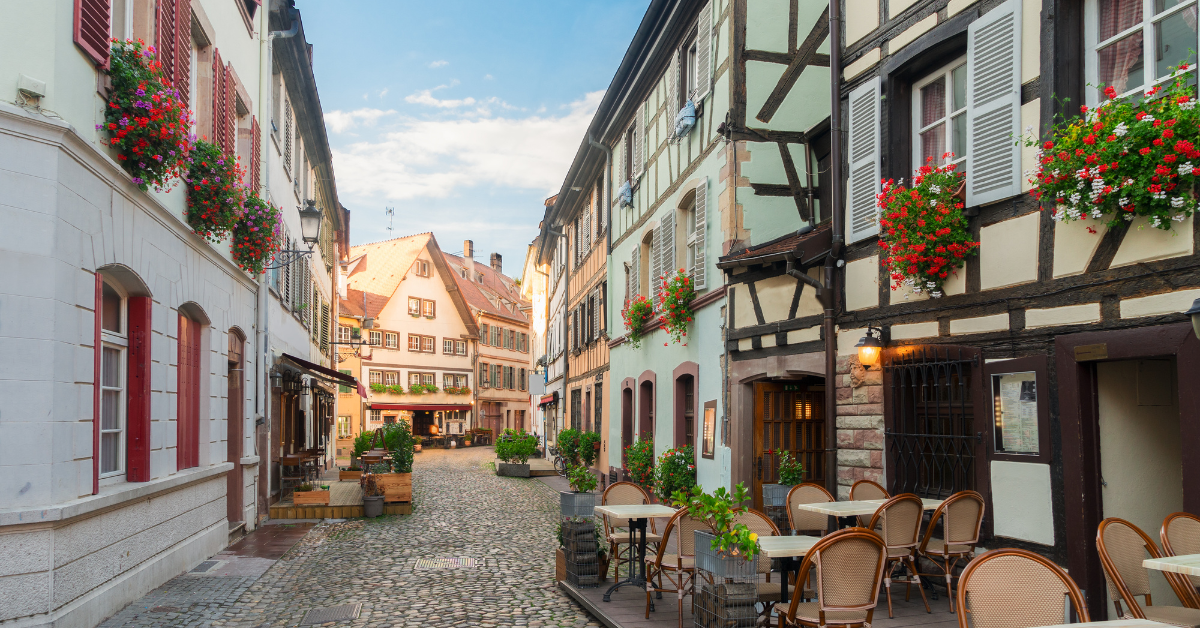
How much is food and drink in Nice?
Nice is known for its delicious cuisine and wine. Here are some estimated average prices for food and drink in Nice:
Beer: A beer in a typical bar or restaurant in Nice will likely cost between €5 and €7.
Glass of wine: A glass of wine in a typical bar or restaurant can range from €3 to €10, depending on the quality.
Coffee: A cup of coffee in a typical café in Nice will likely cost between €1.50 and €3.
Meal at a midrange restaurant: A meal at a midrange restaurant in Nice will likely cost between €20 and €40 per person, depending on the restaurant and the menu.
How much is food and drink in Strasbourg?
Strasbourg is known for its delicious cuisine and the city has plenty of amazing restaurants and cafes to choose from. Here are some estimated average prices for food and drink in Strasbourg:
Beer: A beer in a typical bar or restaurant in Strasbourg will likely cost between €5 and €7.
Glass of wine: Strasbourg is located in the heart of the Alsace wine region, so you’ll find plenty of great wines to try. A glass of wine in a typical bar or restaurant can range from €3 to €10, depending on the quality and rarity of the wine.
Coffee: A cup of coffee in a typical café in Strasbourg will likely cost between €1.50 and €3.
Meal at a midrange restaurant: A meal at a midrange restaurant in Strasbourg will likely cost between €20 and €40 per person, depending on the restaurant and the menu.
How much is it to stay in Nice?
The cost of accommodation in Nice can vary depending on the location and the type of accommodation you choose. Here are some estimated average prices for accommodation in Nice:
Luxury hotel: A room in a luxury hotel in Nice can cost anywhere from €150 to €500 per night, or even higher for the most exclusive properties.
Midrange hotel: A room in a midrange hotel in Nice will likely cost between €70 and €150 per night, depending on the location and the amenities.
Budget hotel: A room in a budget hotel in Nice will likely cost between €40 and €70 per night, depending on the location and the quality of the hotel.
Hostel: A bed in a hostel in Nice will likely cost between €20 and €40 per night, depending on the location and the amenities.
How much is it to stay in Strasbourg?
The cost of accommodation in Strasbourg can vary depending on the location and the type of accommodation you choose. Here are some estimated average prices for accommodation in Strasbourg:
Luxury hotel: A room in a luxury hotel in Strasbourg can cost anywhere from €150 to €500 per night, or even higher for the most exclusive properties.
Midrange hotel: A room in a midrange hotel in Strasbourg will likely cost between €70 and €150 per night, depending on the location and the amenities.
Budget hotel: A room in a budget hotel in Strasbourg will likely cost between €40 and €70 per night, depending on the location and the quality of the hotel.
Hostel: A bed in a hostel in Strasbourg will likely cost between €20 and €40 per night, depending on the location and the amenities.
When is the best time to visit Nice?
Nice is a very popular tourist destination all year round. When to visit depends on personal preference. Here are a few things to consider before booking your trip:
Weather: Nice has a Mediterranean climate with mild winters and hot summers. Plan your trip between June and September if you want to make the most of the hot weather. Winters are mild compared to a lot of places, you’ll rarely see it freezing here. Spring is probably the best all-around time to visit.
Crowds: Nice can get extremely busy during the summer months so visit during the off-season if you can be irritated by crowded places.
Events: There are several world-famous events held very close to Nice every year, like the Cannes Film Festival in May and the Monaco Grand Prix. If you want to experience something a bit different the Nice Carnival is a spectacular event. There are huge parades day and night, with floats, dancers and all sorts of fun!
When is the best time to visit Strasbourg?
Strasbourg is a city that can be enjoyed year-round, but the best time to visit depends on what you want to experience. Here are some things to consider:
Weather: Strasbourg’s mild climate can be enjoyed all year round, but pay attention to the weather forecast before visiting. Summers are warm and sunny but winters can get very cold. Snow isn’t uncommon. Spring and autumn are the best times to be visiting for milder weather and smaller crowds.
Festivals: Strasbourg Christmas markets are a must-see if you’re visiting over the Christmas period. They’re the oldest markets in France and have been going since 1570! With over 300 Christmas chalets in various squares around the city, there’s plenty of food and drink to try. The mulled wine is especially good to warm up on a cold day! There are plenty of festivals during the summer months too including the Strasbourg Music Festival, which is held every June.
Crowds: Strasbourg can get crowded during peak travel seasons, especially during the Christmas markets. To avoid the crowds, visit in spring and autumn or during weekdays instead of weekends.
Average Monthly Temperatures
The average monthly temperatures for Nice are:
January: 9°C
February: 9°C
March: 11°C
April: 13°C
May: 16°C
June: 20°C
July: 23°C
August: 23°C
September: 20°C
October: 16°C
November: 12°C
December: 10°C
The average monthly temperatures for Strasbourg are:
January: 0°C
February: 1°C
March: 5°C
April: 9°C
May: 14°C
June: 17°C
July: 19°C
August: 19°C
September: 15°C
October: 10°C
November: 4°C
December: 1°C
Getting around
Getting around Nice:
Nice has plenty of public transport options like buses, trams and trains. The trams and buses cover most of the city and are both reliable.
But, on a nice day, you’d be better off walking everywhere. Just make sure you take some comfortable shoes. There really isn’t a better way to see a city as beautiful as Nice other than on foot.
Getting around Strasbourg:
Strasbourg has a really good public transport system like most French cities. You probably won’t need to use anything other than the tram, it covers pretty much all of the main attractions. But, for the places the tram doesn’t reach the buses will get you there. A single ticket costs €1.70 and is valid for up to 1 hour of travel, with transfers allowed within that time frame. If you plan on using public transportation frequently, consider purchasing a 24-hour ticket for €4.50 or a 3-day pass for €12.50.
If the weather is good try and walk as much as you can. It’s the best way to see all the city’s unique architecture and take in all the sights.
Top things to do in Nice
Promenade des Anglais: This beautiful promenade stretches for 7km along the Mediterranean coast and is probably the most famous attraction in the city. The views are spectacular, you could literally spend a full day just wandering around and enjoying the view.
Vieille Ville: There is plenty to see and do in Nice’s Old Town. Full of colourful buildings, cute streets and cafes. You could spend a full day just ambling around doing very little other than eating and drinking.
Musée Matisse: Devoted to the works of Henri Matisse, this museum is localed in a beautiful 17th-century villa. The gardens are very impressive, it’s location on a hill also offers great views over the city. The art isn’t too bad either.
Castle Hill: A must see when in Nice, Castle Hill offers panoramic views over Nice and the Mediterranean. You can walk to the top via the stairs. It’s a bit of a walk, so probably not a great idea with kids. There is also an elevator for those that don’t fancy the stairs.
Musée Marc Chagall: This museum houses the largest collection of works by the Russian-French artist Marc Chagall. Located in a beautiful garden, it also features works by other contemporary artists.
Place Masséna: This stunning central square is the perfect place to sit with a coffee or a cold glass of white wine and watch the world go by. The architecture is very impressive and looks especially good at night when it’s all lit up.
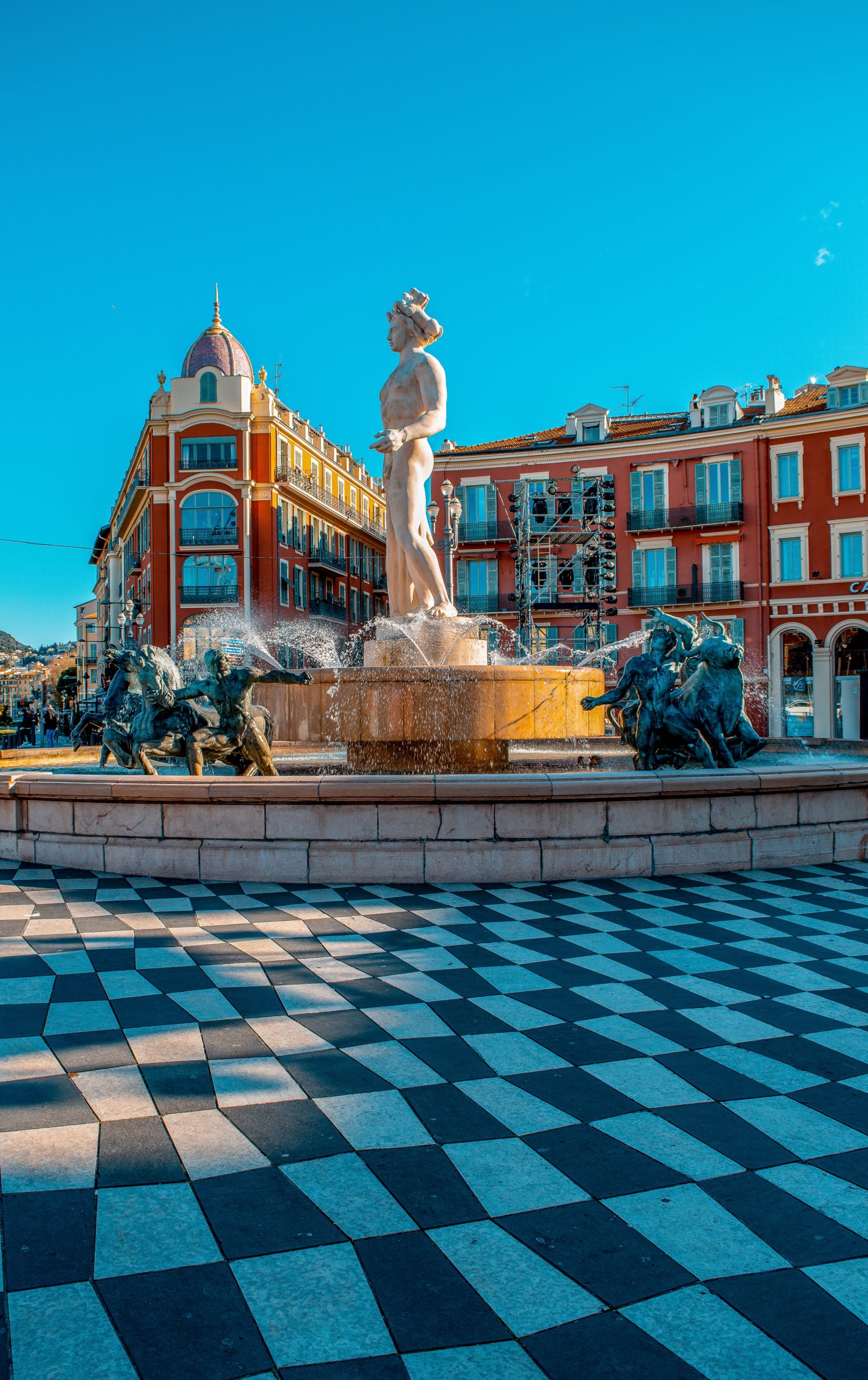
Jardin Albert 1er: The perfect place to relax and enjoy the sun, this beautiful park is located right in the heart of Nice next to the beach. Go in the evening and catch an amazing sunset, you won’t regret it!
Palais Lascaris: This beautiful 17th-century baroque palace is now a museum that showcases the history of Nice and its culture. It features stunning architecture and artwork.
Parc Phoenix: This stunning botanical garden holds over 2,500 plant species and a large lake. There are even different types of exotic animals like flamingos and alligators!
Cimiez Monastery: Located very close to the Musée Matisse, this monastery is a great place to escape the hustle and bustle of the city. Make sure your phone is charged, you’ll want to take plenty of photos of its beautiful gardens and views over Nice.
Top things to do in Strasbourg
Visit Strasbourg Cathedral: This cathedral is a must see when visiting Strasbourg. Try and visit on a nice day, you can climb the stairs to the top and get a magnificent view of the city! It’s also a good idea to go back at night and see it lit up. It’s very beautiful.
Explore Petite France: This beautiful neighbourhood is known for its canals, cobbled streets and half-timbered buildings. A UNESCO world heritage site, this area is so relaxing to stroll around on a nice day.
Visit the Palais Rohan: Once the residence of a noble family from Brittany. This 18th century is now home to three museums: the Archaeological Museum, the Museum of Decorative Arts, and the Museum of Fine Arts. It’s a great way to learn about the history and culture of the region.
Take a Boat Tour: The boat tours here are well worth a visit, you get to see all the main attractions from the river and learn about the history of the city.
Explore La Grande Île: Grande Île literally means Grand Island. This island in the centre of Strasbourg has been a UNESCO World Heritage site since 1988. It’s a beautiful district filled with amazing buildings, relaxing squares and cute shops and cafes.
Visit the European Parliament: This impressive building hosts the European Parliament. You can go inside at certain times, there are exhibits to see and a recorded guide. It’s interesting but might not be for everyone.
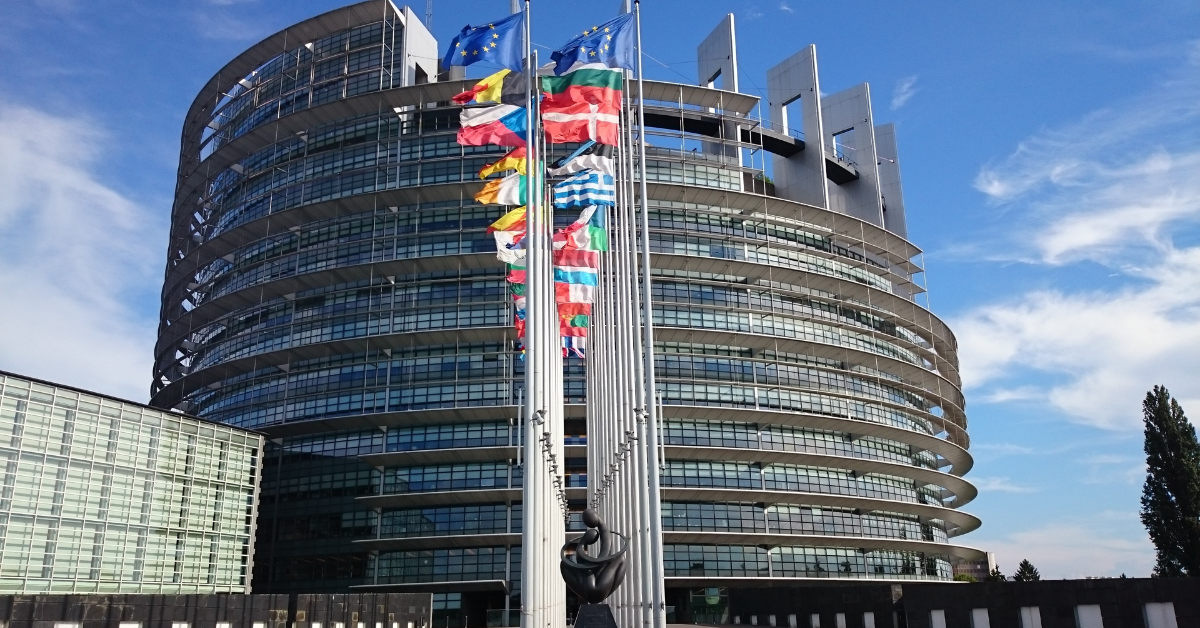
Explore the Strasbourg Christmas Markets: Strasbourg’s markets are very famous. Definitely don’t miss them if you’re visiting over the festive period. There’s a reason Strasbourg is regarded as the ‘Christmas Capital of the World’.
Visit the Jardin des Deux Rives: Translated to ‘Two Shores Garden’ this park actually covers both sides of the river Rhine. Meaning one side is in France and the other is in Germany. There’s a bridge connecting the two sides so you can quite literally walk into Germany.
Explore the Musée Alsacien: This museum takes you on a tour through old Strasbourg homes and helps you see what life would have been like for residents hundreds of years ago.
Eat like a local: Due to its unique location, this city has both French and German influences in its cuisine. Make sure you try local favourites like Baeckeoffe, Spätzle and Lewerknepfle.
How to spend three days in Nice
Day 1:
Morning: Grab a coffee and a pastry from a nearby coffee shop and head to Promenade des Anglais. Find a bench to sit on and relax whilst the city wakes up. There’s something really special about the sea breeze in the morning. Either spend the morning on the beach or have a chilled walk along the seafront.
Afternoon: Head over to the Vielle Ville, Nice’s Old Town. Make sure you start off at Cours Saleya, this market has an abundance of local produce for sale like fruit, flowers and spices. There are lots of little street food stalls too which are great for lunch. Spend the rest of the afternoon wandering around Vielle Velle’s cute little streets.
Evening: Have a relaxing evening at Place Masséna. Get some good Niçoise food and a few drinks and watch the world go by.
Day 2:
Morning: Get an early start and head to the Musée Matisse. A great museum dedicated to Henri Matisse, perfect for art lovers. The views from the museum are beautiful. All of his work isn’t housed here so don’t be disappointed if you don’t see everything you wanted.
Afternoon: Visit the Cimiez Monastery, it’s a stone’s throw from Musée Matisse. The interior of this monastery is incredible and the gardens are even better! Before you head back to the centre of Nice, have a nosy at the Ancien Hôtel Régina. This is a very famous hotel from the 19th century and was built to meet the requirements of Queen Victoria who loved to visit the Côte d’Azur.
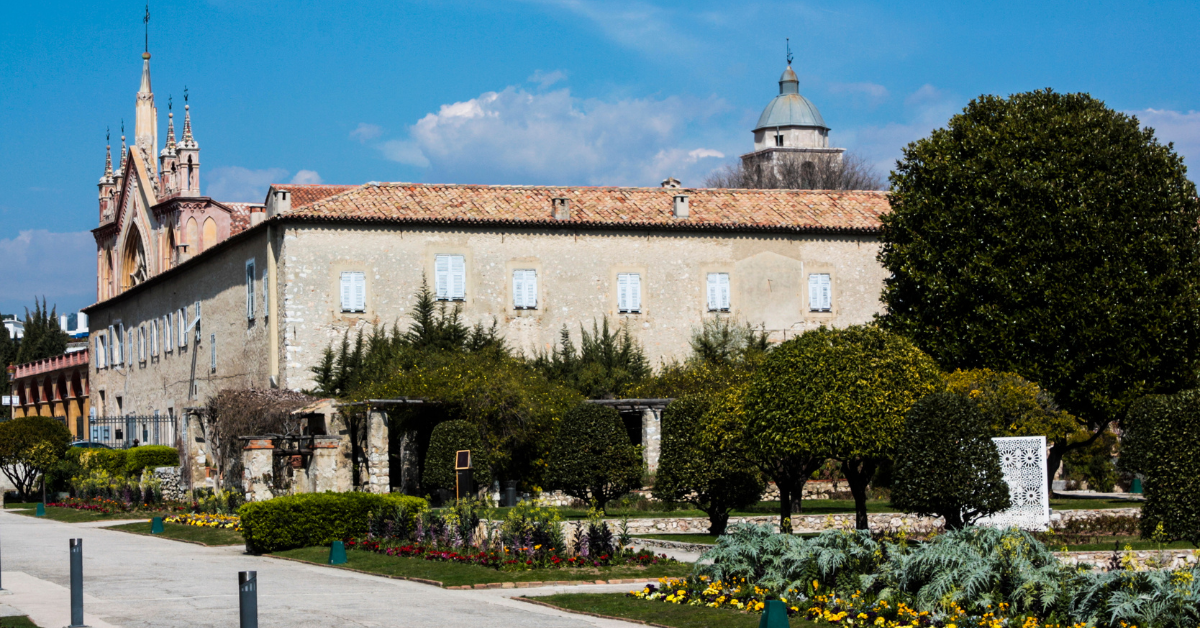
Evening: Make your way to the seafront to ascend Castle Hill. You can go up via the stairs or the lift. Maybe take a little picnic and some wine. The views over Nice and the Mediterranean are amazing!
Day 3:
Morning: Begin your day with a visit to the Palais Lascaris. A 17th-century palace that’s been turned into a museum. It’s definitely one of the most beautiful museums in Nice. Its collection is mostly focused on musical instruments but its baroque interior will have you in awe.
Afternoon: Spend your afternoon at the Musée National Marc Chagall. Dedicated to the artist Marc Chagall, it’s got an expensive collection of his works. Most of the collection is focused on his religious works, there are also some of his stained glass windows that are very beautiful.
Evening: Finish your trip to Nice with a visit to the Nice Observatory. It’s a little outside of the city centre, so you’d be better off getting the bus. It’s a working observatory so you can’t just wander in. There are regular tours, but they are only in French. The sunset from here is amazing, there are a couple of restaurants nearby so you can get a nice dinner and watch the sun go down.
How to spend three days in Strasbourg
Day 1:
Morning: Begin your day at the Cathédrale Notre-Dame de Strasbourg, try and get there early to beat the crowds. If you’re feeling fit, climb to the top of the tower to see the amazing view.
Afternoon: Take a stroll through Petite France. This picturesque neighbourhood is full of beautiful old houses and cute cafes. It almost feels like stepping back in time. Make sure you stop off for lunch and try some traditional Alsatian cuisine.
Evening: Spend the afternoon relaxing in Place Kléber, the main square in Strasbourg. This central square is lined with cafes, restaurants and shops. Perfect for people watching and shopping.
Day 2:
Morning: Spend your morning admiring the work of famous artists like Rubens and Botticelli in the Palais Rohan. This stunning 18th-century palace houses three museums, so you’ll have plenty to see!
Afternoon: After grabbing a nice lunch from a local restaurant, take a boat tour of the city’s canals. It’s a relaxing way to spend the afternoon, especially if you’ve eaten too much for lunch and want to let your stomach settle.
Evening: Have a romantic walk down the River III. This river runs around the historic centre of Strasbourg, and there are plenty of lovely bridges and weeping willows to admire along the way. Once you get tired stop off at a riverside restaurant for some good food and drinks. Just be sure not to drink too much and fall in!
Day 3:
Morning: Visit the Musée Alsacien. This museum showcases life in the Alsace region over the last few centuries. It’s very interesting and has lots of exhibits on traditional clothing, crafts and architecture.
Afternoon: Head over to the Jardin des Deux Rives and spend the afternoon exploring the park. If you walk over the bridge to the German side, there’s a really cool observation deck that offers great views of the city and down the Rhine. You could even stop off for some German food and beer!
Evening: Head back to the Cathédrale Notre-Dame de Strasbourg to see it lit up in all its splendour. Get some food at a local restaurant then go and enjoy one of the city’s fabulous beer gardens!
Nice Rating
Attractions: 8
Accommodation: 7
Food and drink: 9
Safety: 9
Transportation: 7
Shopping: 8
Culture and history: 9
Nightlife: 8
Total score: 65
Strasbourg Rating
Attractions: 8
Accommodation: 7
Food and drink: 9
Safety: 8
Transportation: 7
Shopping: 7
Culture and history: 9
Nightlife: 6
Total score: 61

